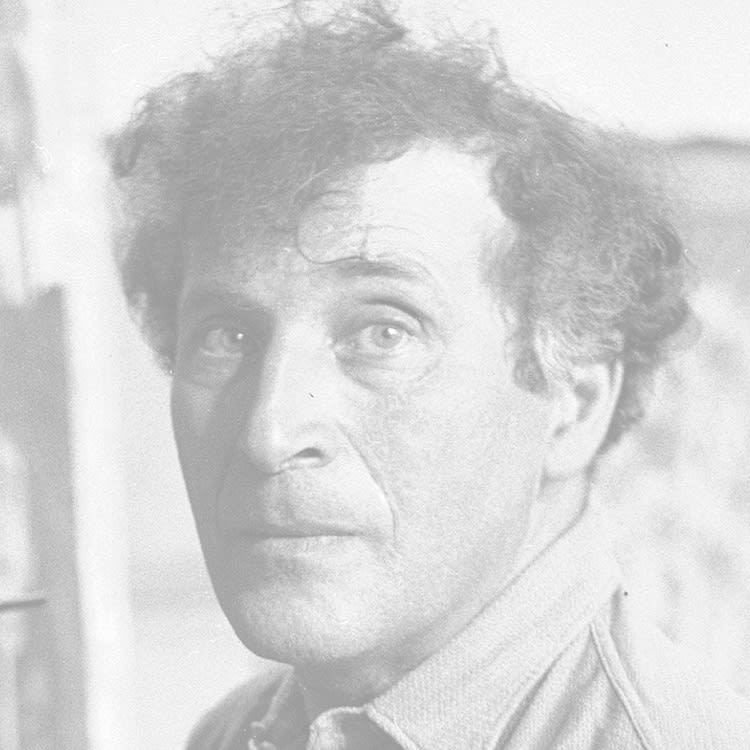MARC CHAGALL 1887-1985
Born in 1887 in Vitebsk, then part of the Russian Empire (now Belarus), Marc Chagall grew up in a modest Jewish family deeply rooted in Hasidic traditions. After studying in Saint Petersburg, he began to dream of a great artistic capital where he could free his painting from academic conventions. In 1911, he moved to Paris, then the global epicenter of the avant-garde. He settled at La Ruche, and he discovered Fauvism and Cubism with fascination. La Ruche became a true wellspring of inspiration for Chagall, where he encountered figures like Fernand Léger and Amedeo Modigliani. His works are currently on view at the HELENE BAILLY gallery.
Immersed in this vibrant environment, he developed a profoundly unique body of work: a visual language of imagination blending vibrant colors, symbolism, and cultural traditions. Though he never fully aligned himself with any one movement, he emerged as one of the most original figures of the cosmopolitan and open École de Paris, where national and stylistic boundaries were constantly being redefined.
Montparnasse remained a formative place for Chagall, even though he was forced to return to Russia in 1914 and went into exile several times throughout his life. He came back after the war and reunited with the international community of artists. Chagall stood apart, always faithful to his personal imagination. His canvases, populated by floating violinists and villages suspended in the sky, attest to the artistic vitality born from the Montparnasse studios. They also reflect the importance of the local colors tied to his life elsewhere, illustrating how, for the artists of Montparnasse, their origins and personal experiences deeply nourished their art.


